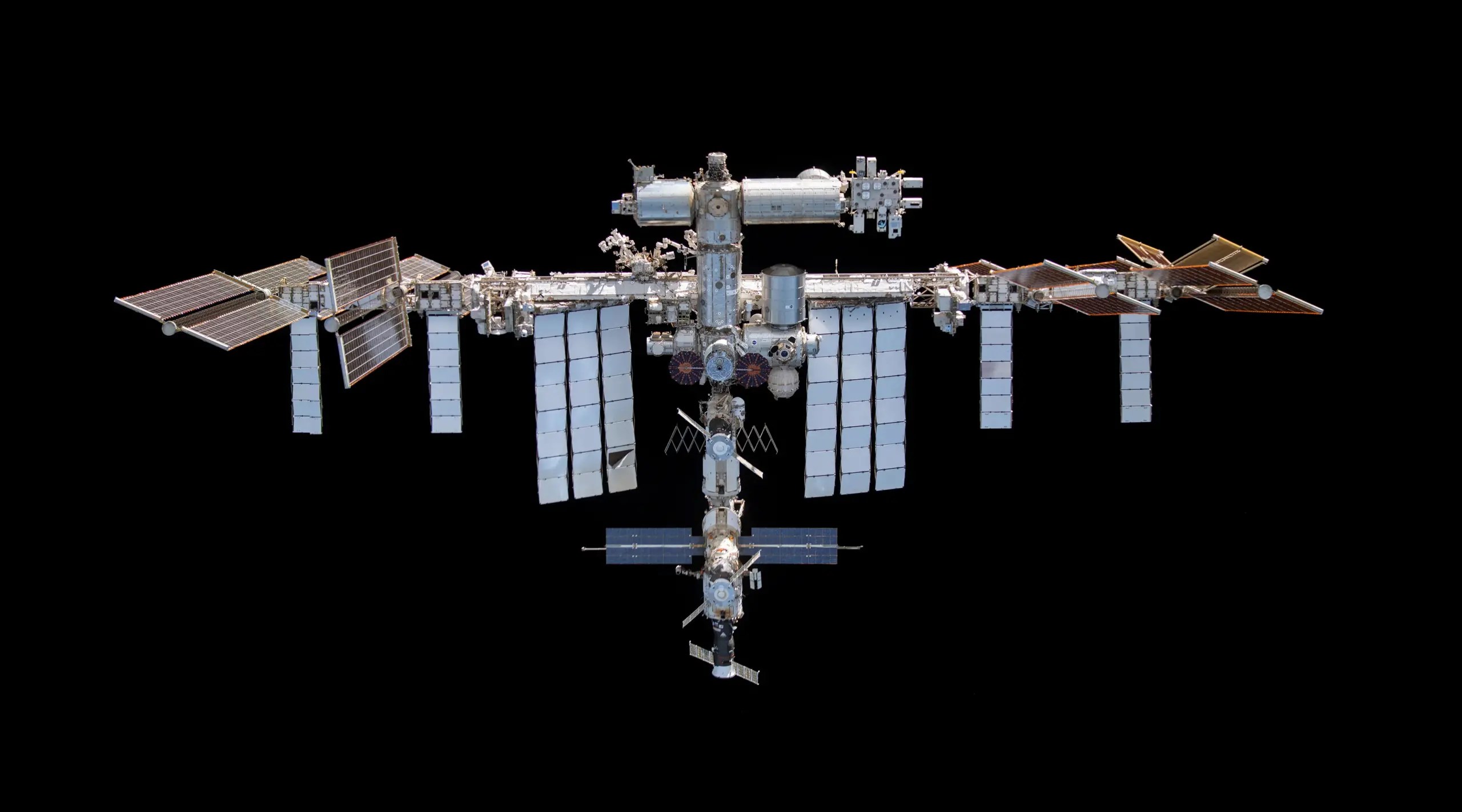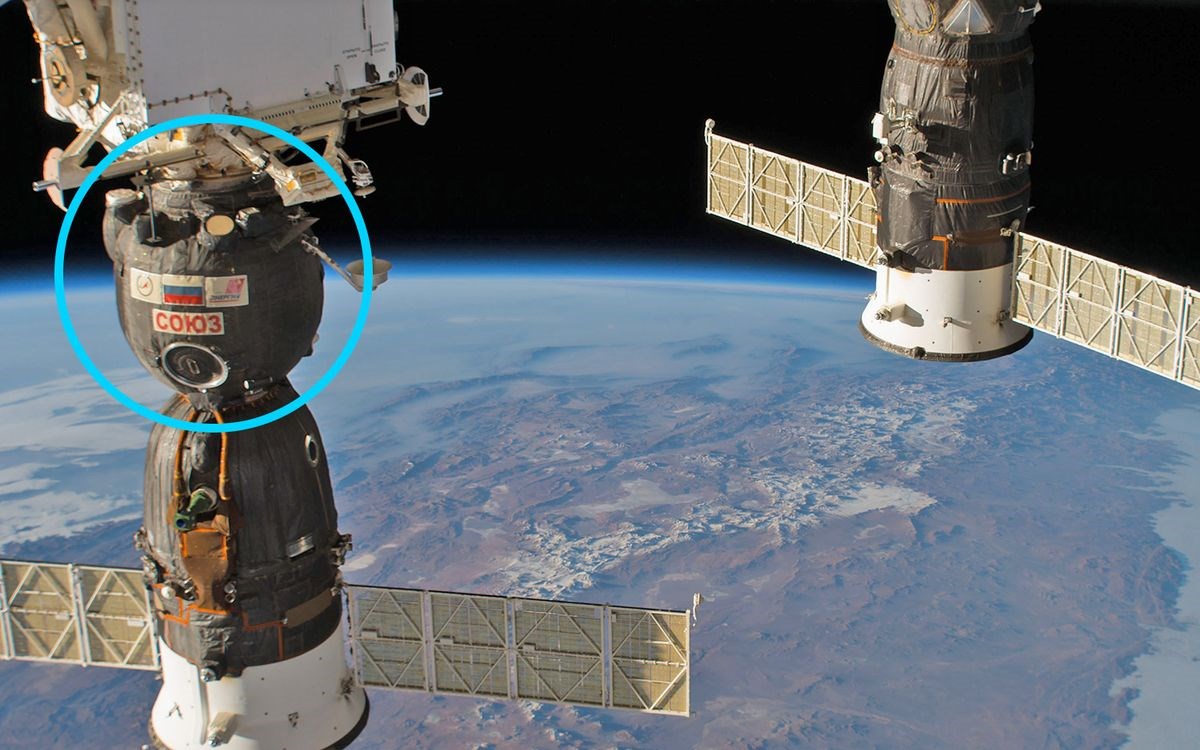
See Full Size
Severity of leak is unclear
Air leakage, detected in 2019 in the inlet connecting a docking port to the ISS’s Russian Zvezda module (called PrK), has become an increasing problem in the last five years. in the first place about 450 grams per day air was being lost. Currently this amount is approximately 900 grams per day reached. While NASA evaluates this increase as a serious structural threat, Roscosmos disagrees with this view and argues that the situation is under control.
Bob Cabana, Chairman of NASA’s International Space Station Advisory Committee, said in his statement on the subject: “While the Russian team continues to search for and seal leaks, it does not believe a catastrophic disintegration of PrK is realistic. NASA expressed concern about the PrK’s structural integrity and the possibility of a catastrophic failure.” he said.
Cabana continued in his statement:The Russians believe that ongoing operations are safe, but they cannot prove this to our satisfaction, and the United States believes it is not safe, but we cannot prove it to the Russians’ satisfaction.” he added.
While Roscosmos suggests that the cause of the leak is fatigue cracks caused by micro-vibrations, NASA thinks that various factors such as pressure and mechanical stress, material properties and environmental conditions are effective.
The risk level is increasing
See Full Size
NASA and Roscosmos are currently monitoring the leak and are preparing to close the hatch to the service module once access is not required to minimize the amount of air lost and isolate the leak itself from the rest of the space station. If necessary, it is also possible to carry out the process permanently. If a permanent shutdown is implemented, the ISS will lose a docking port. On the other hand, as the ISS moves towards retirement in 2030, its aging structure becomes increasingly evident.
This news our mobile application Download using
You can read it whenever you want (even offline):





